The treetops are home to some of the most fascinating and adorable animals on the planet. From tiny primates to unique marsupials, these creatures have evolved remarkable adaptations to thrive in their arboreal habitats. Whether they glide, leap, or cling to branches with specialized limbs, these animals showcase the incredible diversity of tree-dwelling wildlife.
Koala

One of Australia’s most well-known and beloved animals, the koala is a marsupial perfectly adapted to life in eucalyptus forests. These charming creatures rely almost entirely on eucalyptus leaves for their diet, which influences their slow-moving and energy-conserving lifestyle. Due to the low nutritional value of their food, koalas spend up to 18 hours a day resting or sleeping in the crooks of tree branches.
Koalas have specialized digestive systems that allow them to process the otherwise toxic compounds found in eucalyptus leaves. Their strong grip and sharp claws help them cling to tree trunks and branches with ease. However, habitat loss remains a significant threat to koala populations. Conservation efforts focus on protecting eucalyptus forests and ensuring safe crossings for koalas near roadways to reduce human-wildlife conflicts.
Squirrel Monkey

Small, agile, and incredibly social, squirrel monkeys are lively primates that inhabit the lush forests of Central and South America. These intelligent animals have one of the highest brain-to-body mass ratios among primates, which aids in problem-solving and social interactions within their troops.
Squirrel monkeys live in large groups, sometimes consisting of hundreds of individuals, and use complex vocalizations, facial expressions, and body language to communicate. Their diet is varied, including fruits, insects, and small animals. As deforestation threatens their habitat, conservationists work to protect the tropical rainforests that support these energetic primates.
Greater Glider
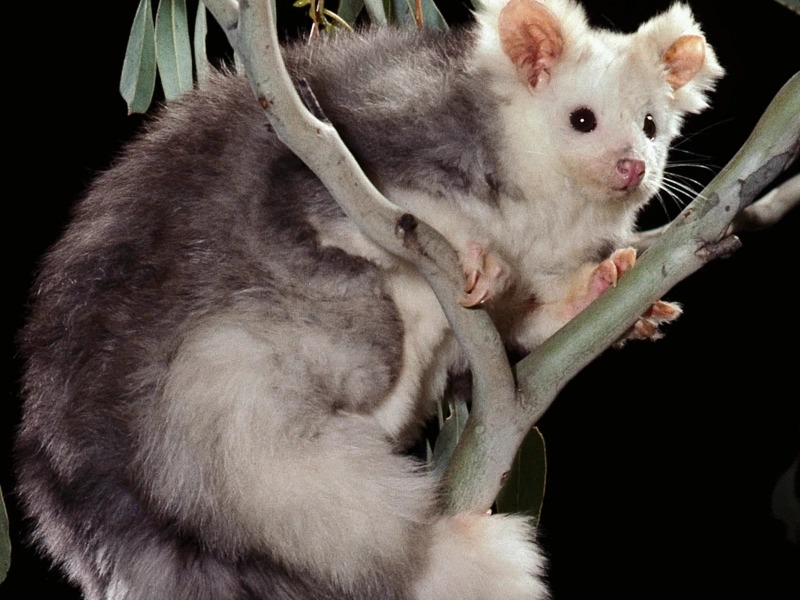
A nocturnal marsupial native to Australia, the greater glider is known for its ability to glide effortlessly between trees using a membrane that stretches between its limbs. With its large ears, fluffy tail, and striking appearance, the greater glider is both unique and endearing.
Like koalas, greater gliders primarily feed on eucalyptus leaves, which makes them particularly vulnerable to habitat destruction. Their survival depends on large, old trees that provide nesting sites and food. Conservation efforts focus on preserving eucalyptus forests and creating wildlife corridors to help protect these gentle gliders.
Gecko
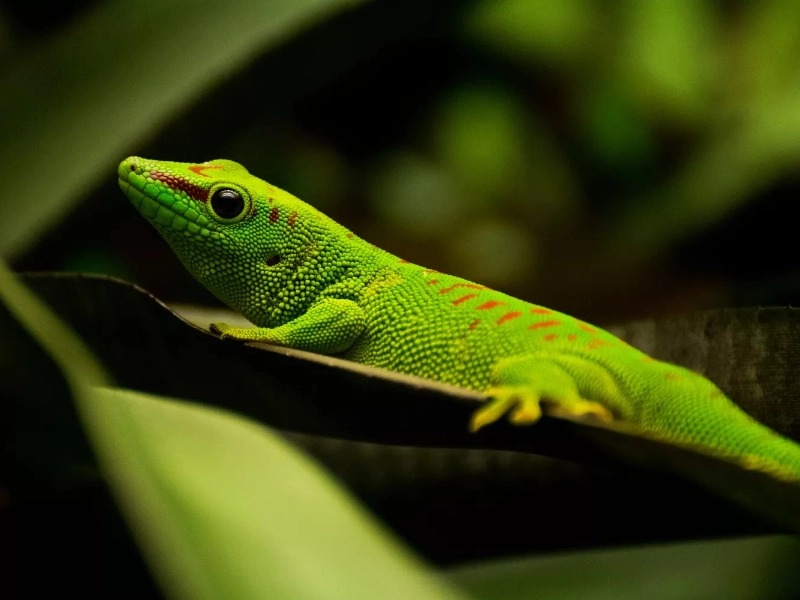
Geckos are small, agile reptiles found in tree canopies across the world. Their ability to climb vertical surfaces and even move upside down is due to the specialized toe pads covered in microscopic hair-like structures called setae. These structures allow geckos to cling to surfaces using molecular forces, making them incredibly skilled climbers.
Most geckos are insectivores, preying on small insects with their keen eyesight and quick reflexes. Some species are vocal, using chirps and clicks to communicate. Although geckos are highly adaptable, habitat destruction and the pet trade pose challenges to certain species. Conservation efforts emphasize protecting natural habitats and preventing overcollection for commercial purposes.
Tarsier
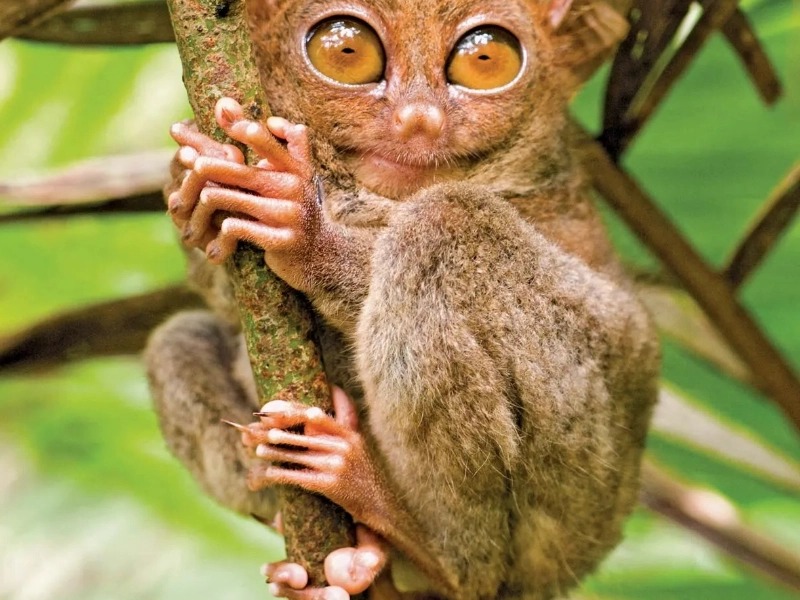
With their enormous eyes and ability to turn their heads almost 180 degrees, tarsiers are some of the most intriguing primates. Found in Southeast Asia, these small nocturnal creatures rely on their exceptional vision to hunt for insects at night.
Tarsiers have elongated fingers and toes that help them grip branches and make impressive leaps between trees. Their diet includes insects, small birds, and lizards. Unfortunately, deforestation and the illegal pet trade threaten tarsier populations. Conservation initiatives aim to protect their natural habitat and raise awareness about the importance of preserving these unique primates.
Kinkajou

Resembling a mix between a monkey and a raccoon, the kinkajou is a tree-dwelling mammal found in the tropical forests of Central and South America. Its prehensile tail acts like an extra limb, helping it maneuver through the dense canopy.
Kinkajous primarily feed on fruit, particularly figs, playing an essential role in seed dispersal. Their large eyes and nimble movements make them excellent nocturnal foragers. While they are naturally elusive, habitat destruction threatens their populations. Protecting rainforest ecosystems is crucial to ensuring their long-term survival.
Tree Kangaroo

Unlike their ground-dwelling relatives, tree kangaroos are adapted for life in the treetops. Found in the rainforests of Australia and Papua New Guinea, these marsupials use their strong limbs and tails to climb and leap between branches.
Tree kangaroos have thick fur, strong hind legs, and a unique ability to jump from great heights without injury. Their diet consists of leaves, fruits, and flowers. Habitat loss due to logging and agriculture poses a major threat to their survival. Conservation efforts aim to protect rainforest habitats and create wildlife sanctuaries for these remarkable marsupials.
Gibbon
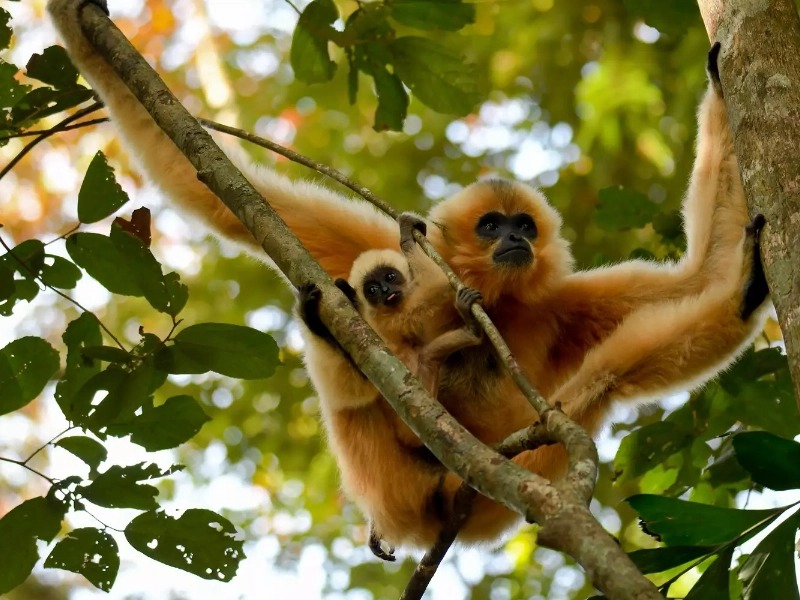
Gibbons are highly agile primates known for their impressive ability to swing through the trees using a motion called brachiation. With long arms and reduced thumbs, gibbons can cover large distances effortlessly as they move through the forest canopy.
These social primates form strong bonds with their mates and communicate through a variety of vocalizations. Their diet primarily consists of fruit, leaves, and flowers. Habitat destruction due to deforestation is a major threat to gibbons, making conservation efforts crucial for their survival. Protected areas and reforestation programs play a vital role in preserving their populations.
Tree Frog
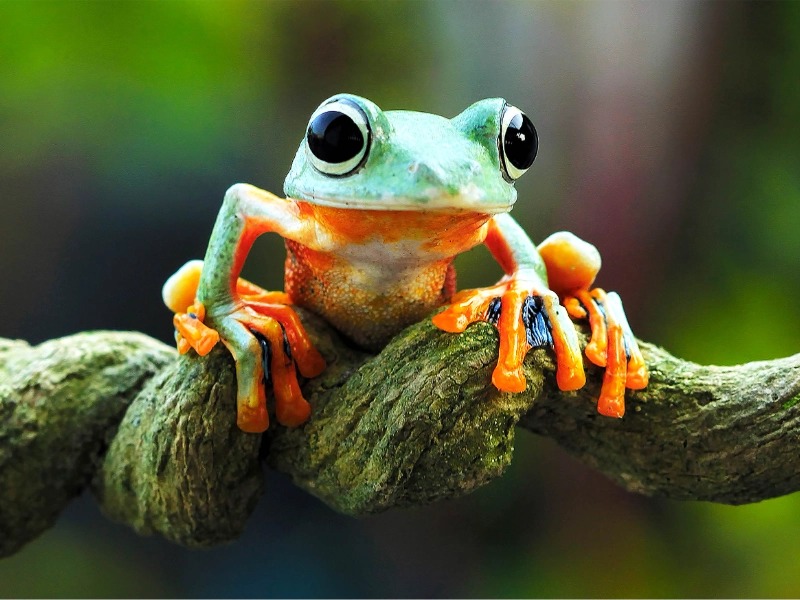
Tree frogs are among the most visually striking amphibians, with vibrant colors and large toe pads that help them cling to leaves and branches. Their unique adaptations allow them to move easily through their forest habitats, making them excellent climbers.
Most tree frogs are nocturnal, using their excellent night vision to hunt for insects. Their calls are an essential part of their communication, particularly during mating season. However, habitat destruction, pollution, and climate change threaten many tree frog species. Conservation initiatives focus on protecting wetlands and forest ecosystems to ensure their survival.
Common Brushtail Possum
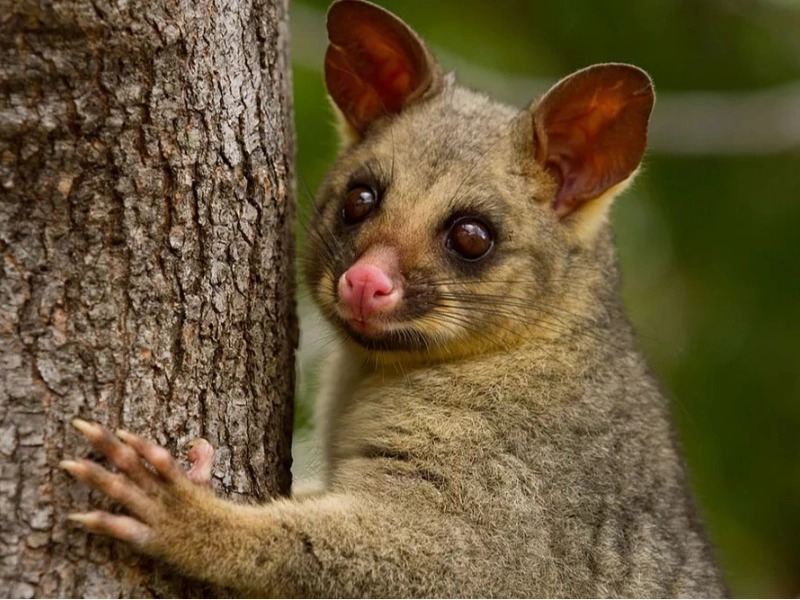
A familiar sight in both natural and urban areas of Australia, the common brushtail possum is a highly adaptable marsupial. With its bushy tail and nocturnal habits, it has successfully adjusted to living in suburban environments.
Brushtail possums are omnivorous, feeding on fruits, leaves, flowers, and insects. Their strong grip and climbing skills allow them to move effortlessly between trees. Despite their adaptability, habitat loss remains a concern, and conservation efforts aim to balance human-wildlife coexistence while preserving green spaces for possums.
These incredible tree-dwelling animals highlight the diversity of life found in forest canopies around the world. Through conservation efforts, habitat protection, and increased awareness, we can help ensure that these remarkable creatures continue to thrive in their natural environments for generations to come.
Leave a Reply